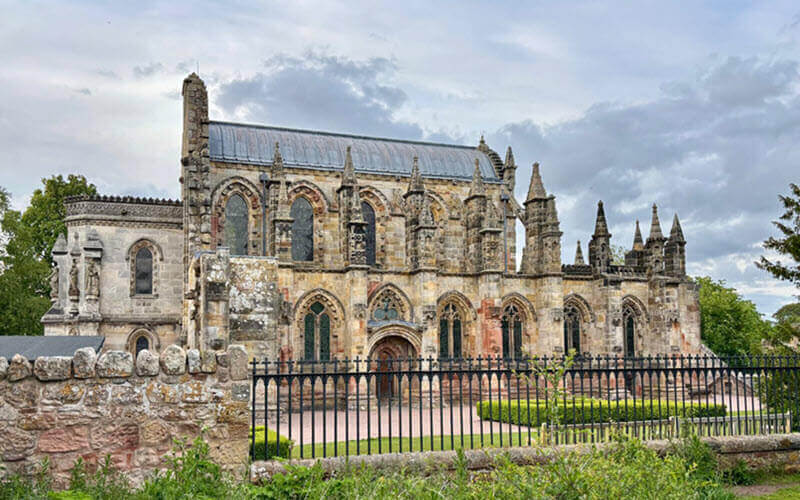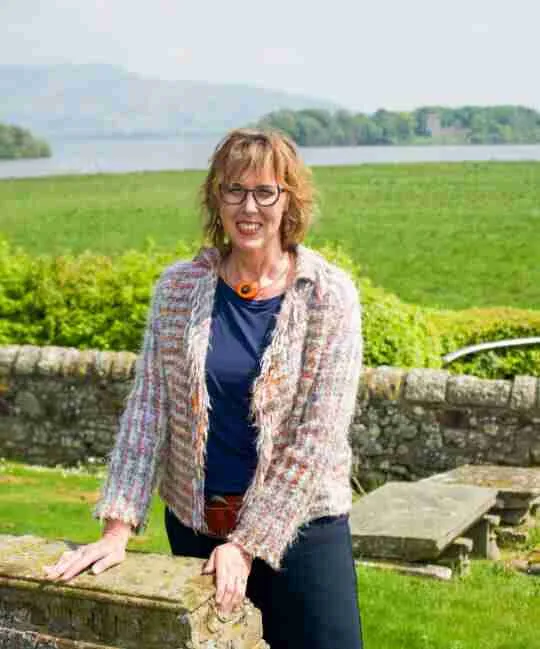Roslin village is located just 6 miles south of Edinburgh. Historically spelled “Rosslyn,” Roslin village is well known for its chapel and castle, attracting thousands of visitors each year. Today, genealogists, local historians, and those interested in architecture and popular culture visit Roslin village to explore its past.
Early History of Roslin Village
Roslin village has medieval origins. In the late 11th century, King Malcolm III of Scotland granted the barony of Roslin to William de St Clair (also spelled Sinclair), a Norman knight.
As a result, the Sinclair family became influential landowners. They soon constructed Roslin Castle to oversee the surrounding area. The earliest surviving section of the castle, including the “lamp tower,” likely dates to around 1304, shortly after the Battle of Roslin. Over the following years, the castle was expanded, with a round tower added in the late 14th century.
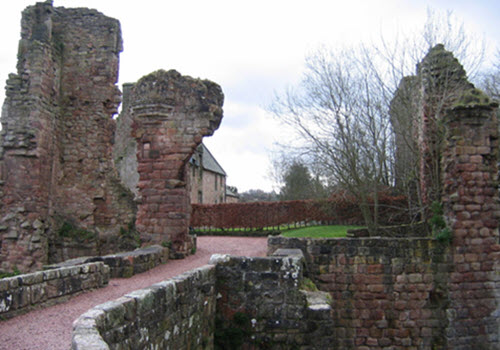
Interestingly, in 1330 Sir William Sinclair, 8th Baron of Roslin, joined Sir James Douglas on a campaign to carry the heart of King Robert the Bruce to the Holy Land. Both men died during the expedition in Spain.
Meanwhile, a small village developed in Roslin Glen near the castle. However, by the 16th century, the village moved uphill to its current location.
Rosslyn Chapel
Later, in 1446, Sir William St Clair, Baron of Roslin and 3rd Prince of Orkney, began constructing Rosslyn Chapel as a collegiate church. Formally known as the Collegiate Church of St Matthew, the building was designed in the Gothic style and is recognised for its detailed stone carvings such as the Apprentice Pillar and other biblical and symbolic motifs.
Following the Scottish Reformation in 1560, Catholic worship ceased at the chapel and it gradually fell into disuse. In 1650, Oliver Cromwell’s army stabled horses inside the chapel.
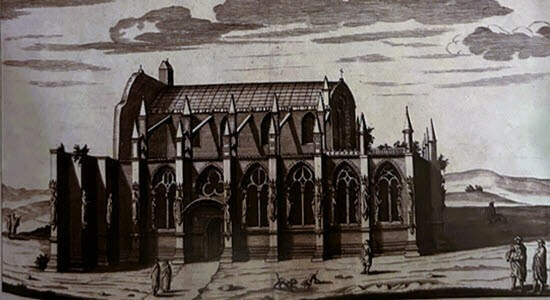
It remained neglected until the 19th century, when Queen Victoria visited in 1842 and called for its preservation. Consequently, repairs were carried out in 1862 under the 3rd Earl of Rosslyn, and the chapel was restored for Anglican worship.
Today, Rosslyn Chapel remains under the care of the Sinclair family and is protected as a Category A listed building.
The Industries of Roslin Village
Over time, Roslin village experienced significant economic changes. During the 18th and 19th centuries, coal mining became a central part of the local economy. Several pits operated in the surrounding area until the 1960s, employing local residents.
In addition, other industries emerged. For example, in 1801, a gunpowder mill was established about a mile from Roslin Castle. Initially built to supply explosives for the Napoleonic Wars, it later served the mining industry. By 1850, the Roslin Gunpowder Mill had become the largest in Britain, employing around 60 men. During the Second World War, the workforce changed significantly, with around 300 women employed on site. The mill remained operational until 1954.
Nearby, a carpet factory was founded in 1868 by Widnell and Stewart. It was built on the site of a former bleach works and specialised in velvet pile covers for pool tables and prayer mats. These items were exported to the Middle East and sometimes used as decorative wall hangings. The factory closed in 1940.
During the 19th century, railway infrastructure was introduced in Scotland. In 1874, the Edinburgh, Loanhead and Roslin Railway opened. While passenger services ended in 1933, freight continued until the late 1960s.
Roslin Village in Literature and Popular Culture
Roslin village also holds a prominent place in literature and popular culture. During the 19th century, Sir Walter Scott wrote about Roslin and its landmarks.
In more recent years, interest in Rosslyn Chapel has been fuelled by stories involving the Knights Templar and the Holy Grail. This fascination reached new heights in 2003 with the release of Dan Brown’s novel The Da Vinci Code. The novel, and its 2006 film adaptation, featured the chapel as a key setting, bringing attention to Roslin village and significantly increasing tourism.
In Summary,
Roslin is more than a pretty village near Edinburgh. From its medieval origins to its 19th-century industry and modern tourism, Roslin village has gone through a number of interesting developments. Today, the village continues to attract visitors and researchers interested in Scottish history, architecture, and cultural heritage.
Thank you for joining me on a journey into another Scottish village. See my last post on Auchtermuchty.
Good luck with your research.
Until my next post, haste ye back.
Enjoyed this post?
Keep up-to-date with my latest posts and tips below:
We hate SPAM & promise to keep your details safe.
Image Credits: Lynne Smith. Image of Roslin Castle entrance and bridge by Supergolden, licensed under CC BY-SA 3.0, via Wikimedia Commons.
You may also like...
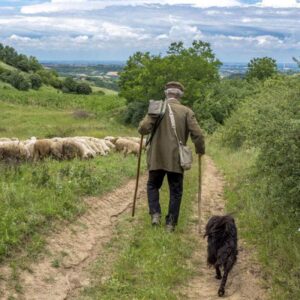
Is your surname Shepherd?
The surname Shepherd is one of the oldest occupational names found in Scotland. As the name suggests, it comes from looking after sheep.
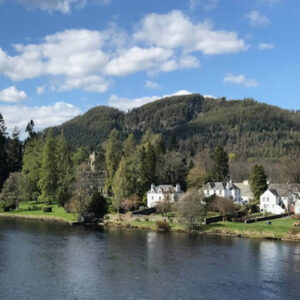
My Ancestor was from Dunkeld Town
Dunkeld town, known as the Gateway to the Highlands, is located on the banks of the River Tay beside Thomas Telford’s bridge.
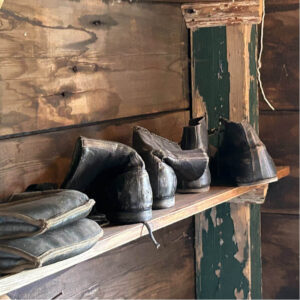
What is a Cordwainer?
A cordwainer is an old term for shoemaker. In Scotland, known as cordiners, they appear in many historical records and trade directories.
